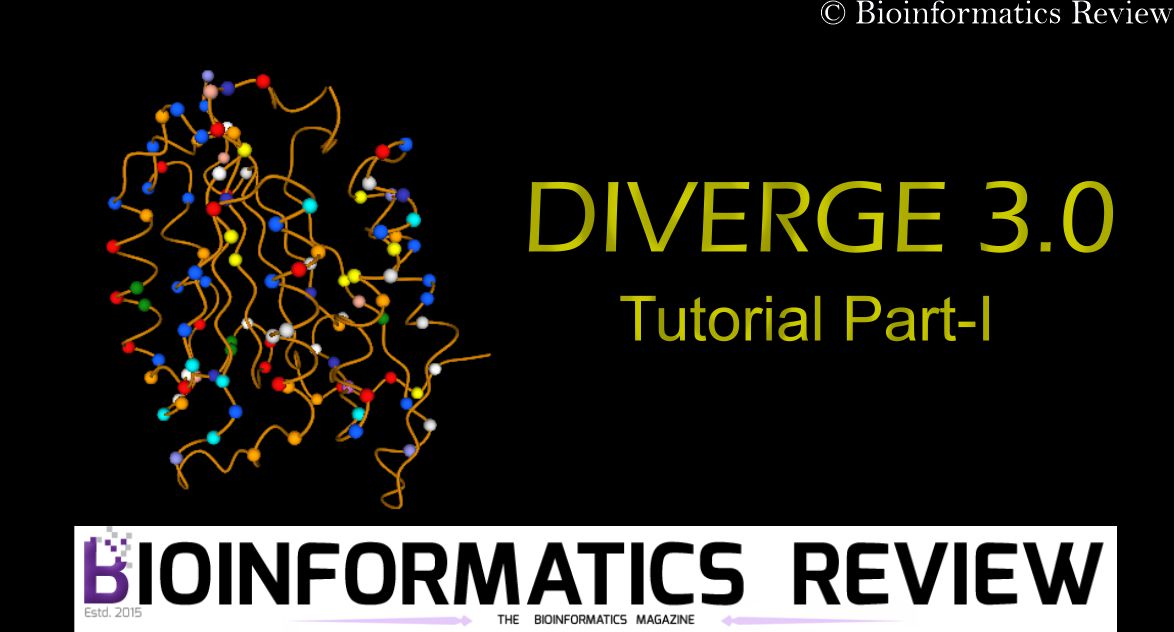Analyzing the results of virtual screening (VS) performed with Autodock Vina [1] can be challenging when done manually. In earlier instances, we supplied two scripts, namely vs_analysis.py [2,3] and vs_analysis_compounds.py [4]. This time, we have developed a new Python script to simplify the analysis of VS results.
vs_interaction_analysis.py script allows you to:
- calculate the number of polar hydrogen bonds between the receptor and the docked ligand (that you see in the Pymol),
- calculate the distance of these hydrogen bonds, and
- list the names of the amino acid residues that present in the ligand affinity within a specified distance (default is 3.2) for all poses.
Usage
Download the file from our GitHub account (details are given in the following section) and save it in the directory where you have kept all log files including the protein file in the PDB format without the ligand. If you will save it elsewhere, don’t forget to provide the full path to this file. It will run on Linux as well as on Windows and macOS.
Run it using Python 3.x.
$ python3 vs_interaction_analysis.py
The number of polar hydrogen bonds and their corresponding distances will be provided as output in the ‘num-hbonds.txt’ file, along with the names of the compounds. It is assumed that you will name your compound files in a way that includes their respective names and various poses.
Additionally, information about the amino acid residues surrounding the docked ligand will be presented in a separate file titled ‘residues.txt.’ This file will contain details such as the chain, amino acid, residue number of each ligand, and its corresponding pose.
Availability
The script is freely available to download from our GitHub account.
NOTE:
- This script screens for the log files containing the word ‘log’ in their filenames, e.g., “log_compound1.txt” or “log_methanol.txt”
- It is required to name your log files along with the name of a compound.
References
- Trott, O., & Olson, A. J. (2010). AutoDock Vina: improving the speed and accuracy of docking with a new scoring function, efficient optimization, and multithreading. Journal of computational chemistry, 31(2), 455-461.
- https://bioinformaticsreview.com/20210509/vs-analysis-a-python-script-to-analyze-virtual-screening-results-of-autodock-vina/
- https://bioinformaticsreview.com/20220329/how-to-sort-binding-affinities-based-on-a-cutoff-using-vs_analysis-py-script/
- https://bioinformaticsreview.com/20220917/vs_analysis_compound-py-python-script-to-search-for-binding-affinities-based-on-compound-names/





